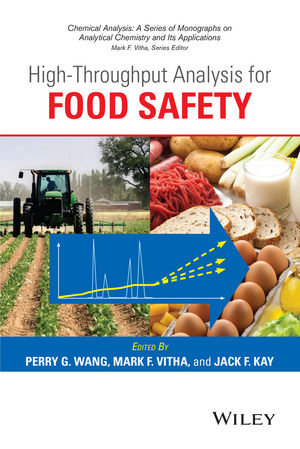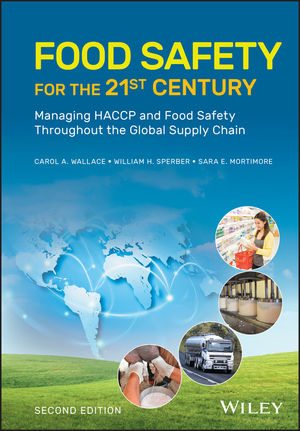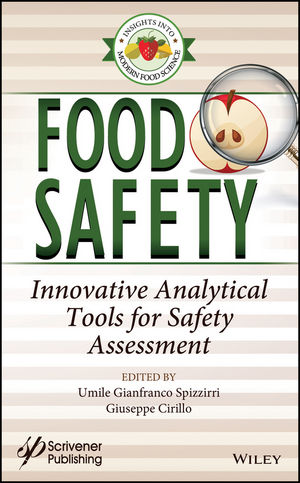Building a Resilient Model for Urban Agriculture

Like most cities, Washington D.C. is bifurcated. Administratively, the city is organized into eight wards. Ward 8 has the lowest median household income level of $32,000 per year, an unemployment rate of close to 20 percent, and 90 percent of its residents are African-American. Ward 3 has a median household income of $110,000 per year, an unemployment rate of less than 4 percent, and 5 percent of its residents are African-American.[1]
Similar disparities are evident in food security and health parameters. The U.S. Department of Agriculture (USDA) defines food security as “…access by all people at all times to enough nutritious food for an active, healthy life.” Wards 5, 7, and 8, are the wards with the lowest income levels, and also are home to 34 percent of the population. Yet, less than 10 percent of the city’s grocery stores are located in these wards. The result is food insecurity for a significant number of D.C. households: 13 percent have reported being food insecure; 19 percent have experienced food hardship; and 37 percent of households with children have been unable to get enough food.[2] Among the damaging effects of food insecurity on children are impaired cognitive development, reduced school readiness, lower educational attainments, and slower physical, mental, and social development.[3,4]
Another concern of food insecurity stems from the declining nutrient content of some of our food. One contributing factor is the increased time between harvest and consumption. To accommodate the time spent in transport, produce is harvested before it ripens. Populations in urban areas on the east coast of the United States are especially vulnerable since California is the top producer of fruits and vegetables. This calls for an increase in the production of nutrient dense produce closer to where the majority of consumers live, namely in metropolitan areas on the east coast of the United States.
In 2013, the College of Agriculture, Urban Sustainability and Environmental Sciences (CAUSES), of the University of the District of Columbia (UDC), set out to implement its Urban Food Hubs model. The model expands the USDA’s definition of a food hub beyond its core concept of creating market prowess for small food producers by forming networks and value-added operations.
CAUSES, in collaboration with the Anacostia Economic Development Corporation, the D.C. Department of Energy and Environment, and USDA’s National Institute of Food and Agriculture, has designed and built four of its award-winning urban food hubs in wards 3, 5, 7, and 8. A UDC Urban Food Hub consists of four integrated components—food production, food preparation, food distribution, and closing the loop through waste and water management. Each of the four components offers opportunities for business development, training, and improved resilience. Business development is increased through high intensity food production on green roofs, raised bed gardens, and hydroponic and aquaponic facilities; food preparation that adds value to locally grown food and improves public health; innovative food distribution models that improve access to high quality affordable food through farmers markets, food trucks, and community-supported agriculture; and waste and water management through composting, reduced storm water run-off, and green infrastructure improvements.
Local entrepreneurs receive training and technical support to implement their business plans. These can range from a health-focused business that maximizes nutrient yield and offers health assessment and nutrition counseling; to growing microgreens and herbs for high-end restaurants; to ethnic crop production for local niche restaurants and grocery stores; green roofs that serve as food production and event space; and native plant seedlings grown for urban parks and rain gardens.
The metropolitan area of Washington D.C. is growing. The Urban Food Hubs model seeks to form a decentralized network of local food centers that improve food security, nutritional health, job creation, and resilience especially in urban neighborhoods that have deficits on all counts. The Urban Food Hubs must therefore be competitive in an environment of intense land use pressure. Some tangible benefits of UDC’s urban food hubs include reduced food-related illnesses and improved storm water management. Some less tangible benefits include improved neighborhood aesthetics, stronger civic engagement and neighborhood safety. By making an upfront investment in the Urban Food Hubs, UDC is building the capacity for improved food access, health, and economic development in underserved neighborhoods in the nation’s capital.
Beyond applicability for Washington D.C., the Urban Food Hubs can serve as a model to improve the quality of life and economic opportunity of urban communities across the nation. The Urban Food Hubs thus have a larger agenda: to create a network of sustainable and resilient local food systems that advance the economic, social/cultural, and environmental/physical benefits. The long-term sustainable development success of metropolitan communities depends on developing such resilient local economies. As urbanization continues globally, food and water security cannot be addressed without solutions that include urban communities and reimagine them as hubs for a comprehensive, sustainable food system close to where the majority of consumers live-in metropolitan communities.
Sabine O’Hara, Ph.D., is the dean of CAUSES and land-grant programs, CAUSES, University of the District of Columbia.
References
1. www.census.gov/topics/population.html.
2. doh.dc.gov/sites/default/files/dc/sites/doh/page_content/attachments/2nd Draft CHNA (v4 2) 06 04 2013 - Vol 1.pdf.
3. Cook, JT, et al. 2006. “Child Food Insecurity Increases Risks Posed by Household Food Insecurity to Young Children’s Health.” J Nutr 136(4):1073–1076.
4. www.ers.usda.gov/webdocs/publications/44776/7024_err108_1_.pdf?v=41056.
Looking for a reprint of this article?
From high-res PDFs to custom plaques, order your copy today!








